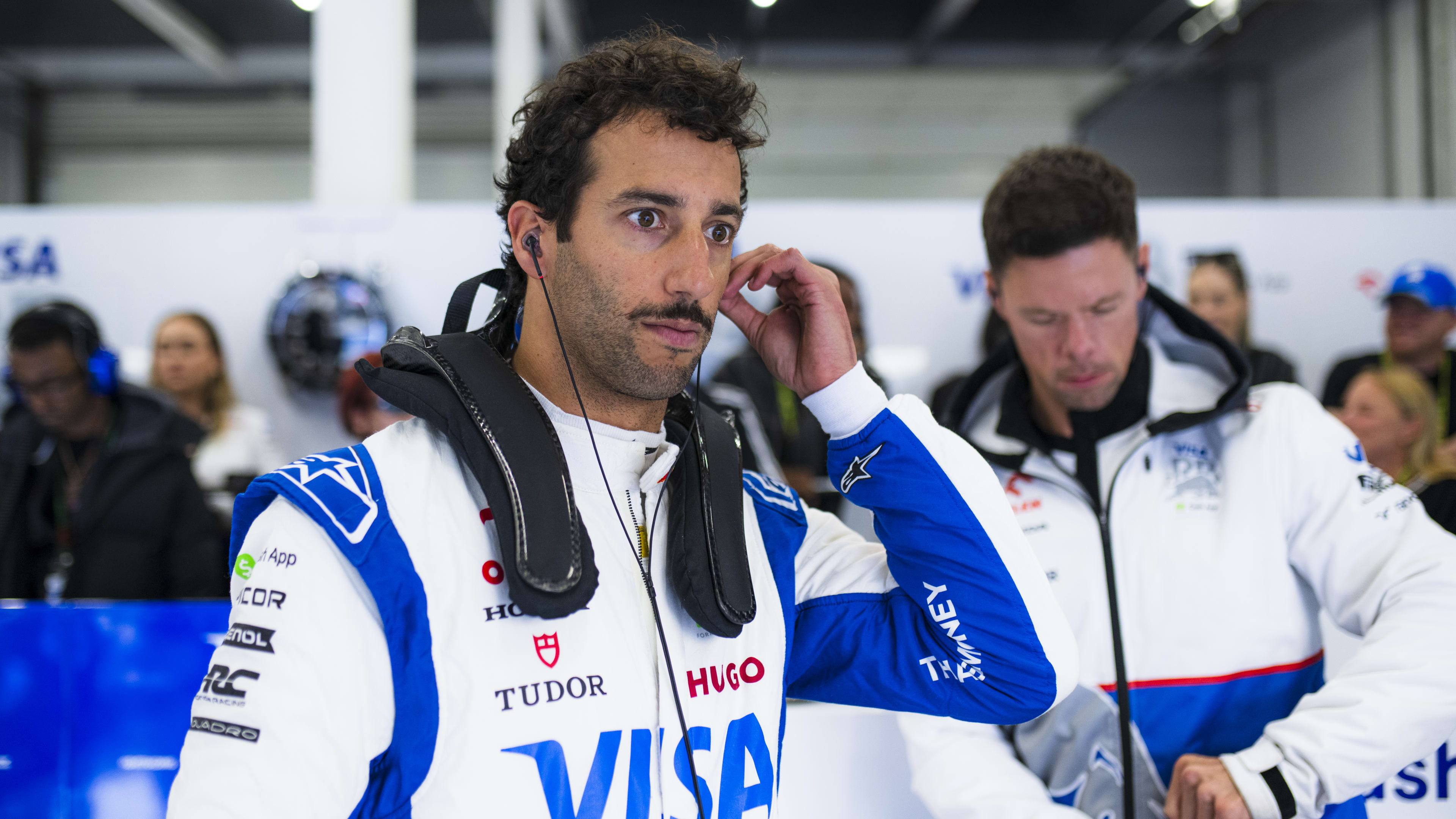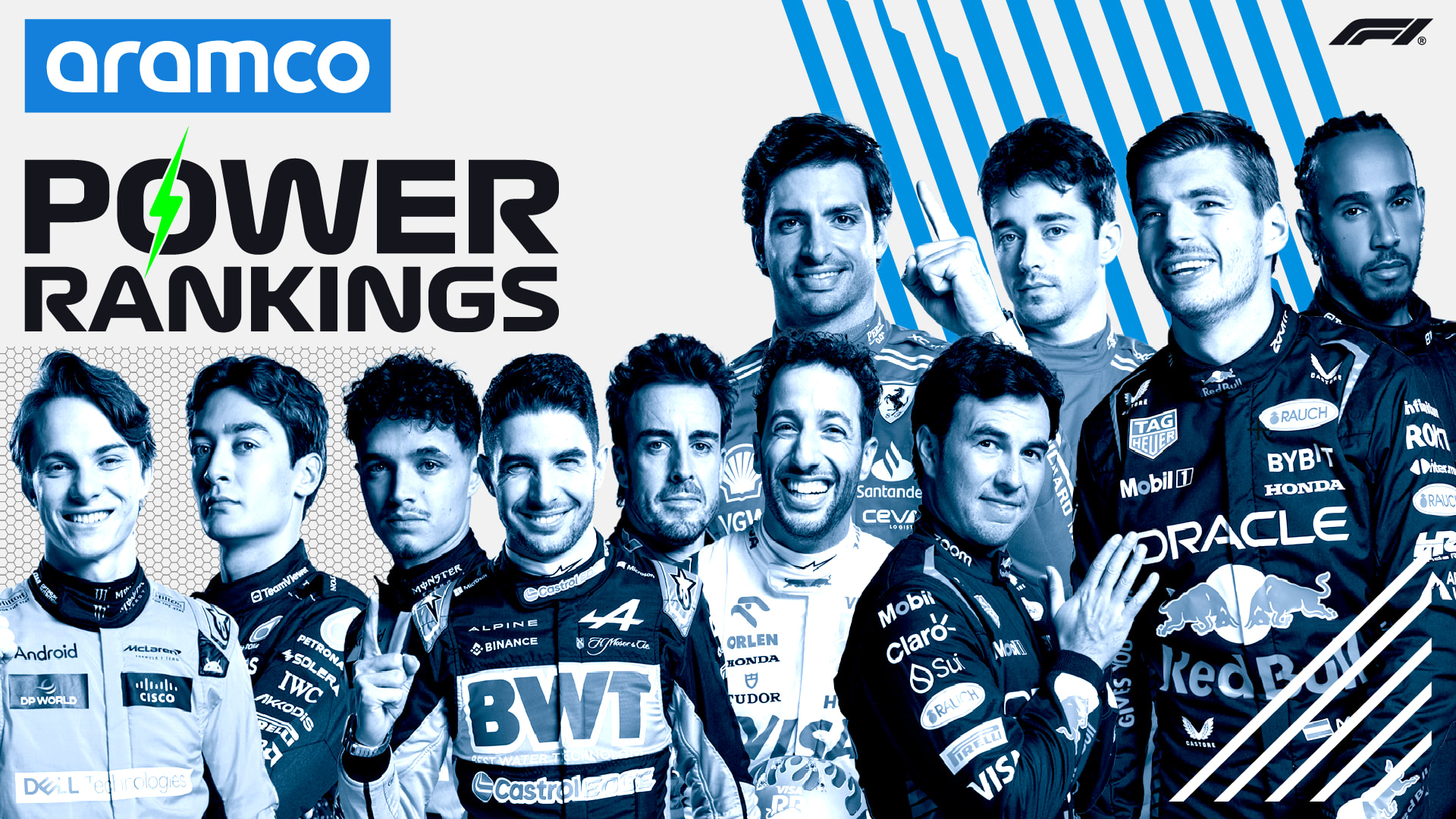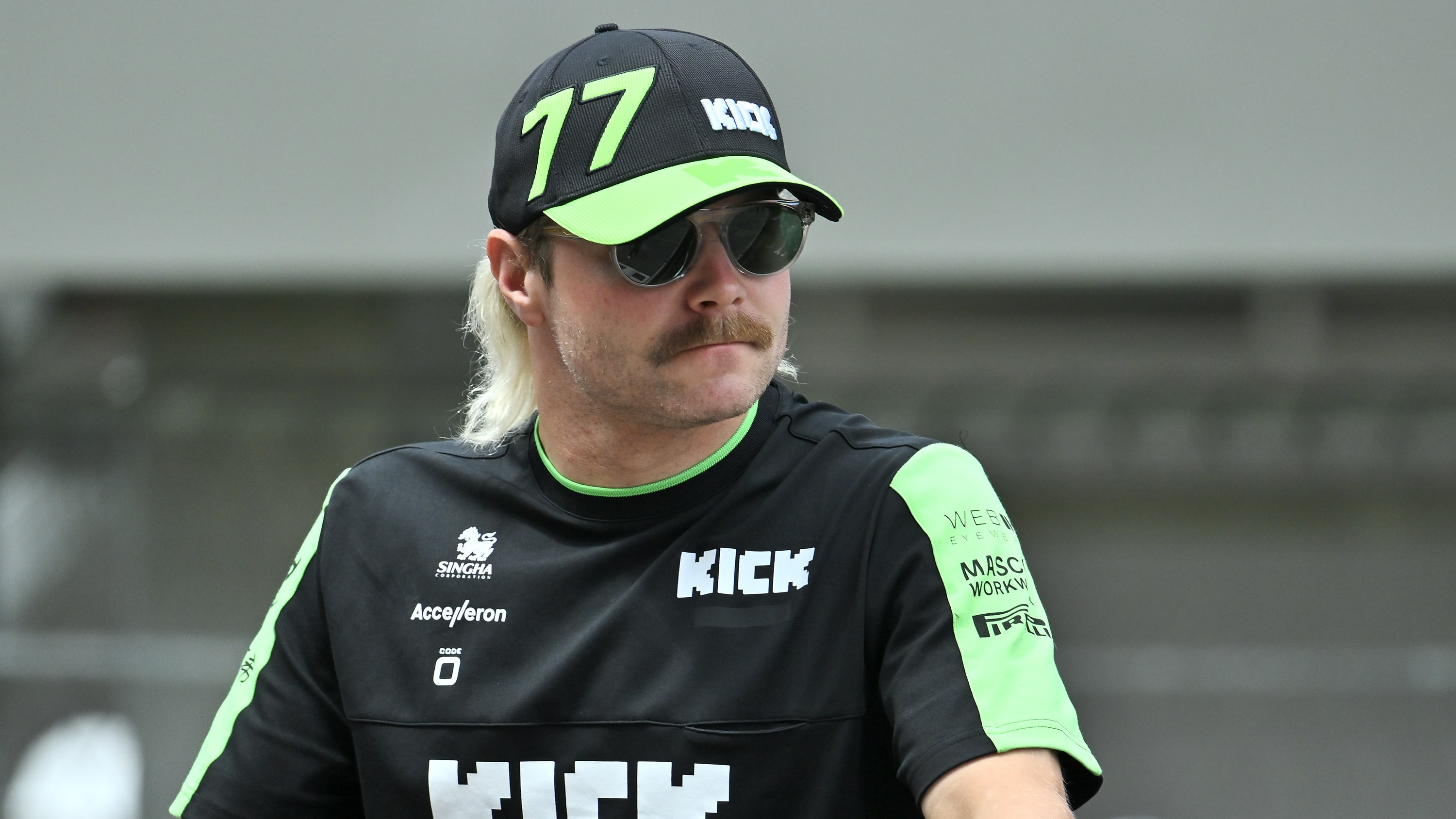Behind the Design: Manabu Orido’s Influence on Ridox Styling
Discover how Japanese racing icon Manabu Orido helped shape the iconic Ridox kit for the Toyota Supra Mk4, blending motorsport heritage with timeless JDM styling.

TL;DR – Why Orido Matters to Ridox
-
Manabu Orido is more than a name on a bumper—he shaped the Ridox kit through years of racing insight.
-
The Ridox aero philosophy fuses Super GT-level function with aggressive street appeal.
-
Orido’s personal Supra build is the blueprint that inspired thousands of widebody Mk4s around the world.
Who Is Manabu Orido?
If you’ve spent any time around JDM culture, the name Manabu Orido carries weight. A household name in Japanese motorsports, Orido carved his legend in Super GT, D1GP, and Option Video, where his charisma and driving skill turned him into both a national hero and a tuning culture icon.
But Orido isn’t just a race car driver. He’s a builder. A stylist. A hands-on collaborator with some of Japan’s most respected aftermarket brands. And few collaborations have had more impact than his work on the Ridox kit for the Toyota Supra Mk4.

The Birth of the Ridox Kit
When Varis began designing a new aero line for the JZA80 platform in the early 2000s, they needed a development partner who could deliver real track data—and someone who lived and breathed the Supra. Orido was the obvious choice.
His own Mk4 Supra, a heavily modified street-track hybrid, became the foundation for what would evolve into the Ridox kit. The name itself—Ridox—is derived from Orido’s own nickname and racing moniker.
This wasn’t just a branded endorsement. Orido worked with Varis to test airflow, balance, and fitment at speed, bringing motorsport engineering into a streetable package.
The result? A widebody kit that looked wild but remained functional, balanced, and undeniably Japanese in execution.
What Makes the Ridox Look Unique?
If you’ve ever stood in front of a Ridox-kitted Supra, you know the energy it gives off. There’s aggression—but also flow. Bulk—but with balance. Every vent, flare, and contour is intentional.
This is where Orido’s influence shines. Years spent in the GT500 class of Super GT meant he knew the impact of diffuser placement, fender shaping, and underbody management. And that racing DNA flows through every part of the kit:
-
A front bumper design that pulls air to key cooling zones without overdoing it
-
Front and rear fenders shaped to maximise clearance while retaining factory proportions
-
Side skirts and underboards that channel air cleanly, not just for show
The visual aggression is balanced by subtle fitment cues that Orido insisted on—what we now call an OEM+ look with motorsport bite.
The Famous Red Supra: Orido’s Rolling Blueprint
You’ve probably seen it—the iconic red Ridox Supra blasting around Ebisu or Tsukuba, filmed for Option and Drift Tengoku. That car wasn’t just a demo vehicle. It was Orido’s personal build.
He drove it. Tracked it. Tuned it. Every piece of the kit was developed on that car, with Varis adjusting design tolerances based on Orido’s feedback after test days.
The goal? A kit that looked like a concept car but performed like a touring car. That Supra became the benchmark. Its visuals are still mimicked today—decades later—in builds from California to Osaka.
You can read more about these legendary inspirations in the Toyota Supra Mk4 Buying & Tuning Guide, which dives into aero setup theory and iconic builder influences.
Legacy and Cultural Impact
Orido’s Ridox vision didn’t just sell kits. It changed how people approached widebody styling on the Supra.
Before Ridox, most aero options for the JZA80 were either track-only kits or cartoonish fiberglass flares with poor fitment. Ridox redefined the blueprint: aggressive, yes—but precise. Made to race. Built to last.
The effect on the global scene can’t be overstated. Orido’s red Ridox Supra graced magazines, DVDs, and eventually car meets around the world. Enthusiasts chasing that aesthetic often reference Option Magazine, old Hot Version footage, or Super Street features for inspiration.
Today, many of those timeless styles are celebrated in printed form, like the beautifully curated Stance Auto Magazine: Japanese Classic Cars Vol2 and the deep-dive JDM Issue of Modified Car Magazine, where the legacy of builds like Orido’s remains in full focus.
Why This Still Matters in 2025
Even with the Supra A90 dominating showrooms and dyno charts, the Ridox Mk4 remains a holy grail build. It represents that golden era of Japanese tuning where drivers shaped design, and aero was as functional as it was beautiful.
And at the centre of it all? Orido.
His fingerprints are on every contour of the Ridox kit. From the design principles to the real-world track testing, it’s a masterclass in how to take motorsport ideas and apply them to street builds without losing soul.
If you’re diving into your own Ridox build, understanding this origin story isn’t just trivia—it’s a guide. One that will help you approach your own kit with the same reverence and attention to detail that Orido poured into his.
Author Bio:
Paul Doherty is the founder and editor of Stance Auto Magazine, passionate about connecting drivers with their perfect cars. From car reviews to deep dives into automotive news, Paul leads a team dedicated to bringing the culture of stance and community builds to a global audience.
Call to Action
Do you have a build story like this one? Got a build on a budget? We want to see it. Submit your story to Stance Auto Magazine, and you could be the next featured owner showing the world how to do it right—without breaking the bank.
And hey, don’t forget to tag us on socials. Use #stanceautomag on Instagram, Pinterest and Facebook so we can see (and maybe feature) your ride.
Test Your JDM Car Knowledge and Take Our No. 1 JDM Car Quiz

Order Your Car Magazines From Our Amazon Book Store
Test Your Automotive Knowledge and Take Our No. 1 Car Quiz
Get Noticed Use our Hashtags - #stanceauto #stanceautomag #stanceautomagazine #modifiedcarmagazine
UKTM no: UK00003572459
 Like
0
Like
0
 Dislike
0
Dislike
0
 Love
0
Love
0
 Funny
0
Funny
0
 Angry
0
Angry
0
 Sad
0
Sad
0
 Wow
0
Wow
0

























































































.png)












![[HOONIGAN] Ken Block's GYMKHANA NINE](https://img.youtube.com/vi/_bkX5VkZg8U/maxresdefault.jpg)


















































































![[HOONIGAN] KEN BLOCK'S GYMKHANA SEVEN: WILD IN THE STREETS OF LOS ANGELES](https://cdn.motor1.com/images/mgl/2KlO4/s1/ken-block-london-tour-directors-cut.jpg)




















































